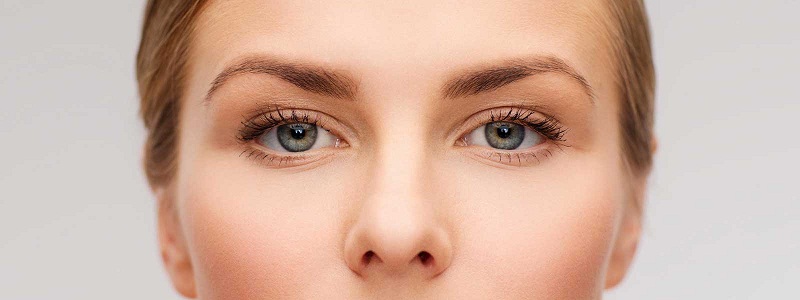How Effective is Botox for Under Eye Wrinkles
As we age, the skin around the eyes is one of the first places we are likely to notice wrinkles appear. This delicate skin is prone to a variety of issues including under eye bags and sagging and fine wrinkles that become deeper over time. In addition to being more sensitive than other areas of the face, the skin around the eyes does not have glands that produce oil.
As collagen production decreases and weakened elastin makes the skin less able to return to a smooth state, wrinkles become more apparent around the eyes.
Taking care of your skin
Avoiding UV exposure and getting enough sleep each night are good ways to try to stave off wrinkles, but it is impossible to prevent the normal eye movements like squinting that can cause wrinkles to appear. Some people also have a genetic disposition to crow’s feet, a term for the wrinkles that branch out from the corner of the eyes. The medication in Botox temporarily minimises the muscle activity underneath the surface of the skin.
Unlike fillers, which aim to plump up the skin, Botox is aimed at preventing the activity that causes wrinkles. When administered by a physician, it is a generally safe procedure that can lead to younger looking skin.
Due to the temporary paralytic effect of the injection, it is often viewed as the ideal solution to wrinkles that are caused by specific movements. By paralysing the muscles that are required for squinting, Botox allows the skin to remain smooth for around four to six months, depending on how long it takes your body to metabolise the injection.
Possible side effects
Common side effects of Botox are droopiness at the corner of the eye or in the eyelid, bruising at the site of injection, dry mouth, fatigue and headache. Although rare, there is still a chance that Botox can go beyond the injection area and lead to a more severe adverse reaction. To avoid this, epiclinic is top Adelaide botox clinic that can ensure safe and optimal results; where their skilled injectors will approach your individual case to help reduce the risk of side effects.
On the day of the Botox procedure
The injections only take a few minutes, and anaesthesia is not required. A fine needle is used to make an injection into the specific muscles that have caused the lines around your eyes. Within three to seven days, it will become fully effective. Bruising is possible within the first 24 hours, and you may notice a black and blue area if a small blood vessel is punctured during injection.
Makeup can be used to cover the area, but it is best to avoid rubbing or massaging the area that has been treated for 24 hours. This decreases the chance of the Botox affecting nearby muscles. Avoiding aspirin and anti-inflammatory medications for two weeks before your procedure also is recommended to reduce the amount of bruising that may occur.
Following Botox Treatment
Over time you will notice that your muscle action slowly returns, however, the targeted lines and wrinkles may appear softer over time as the underlying muscles are trained to relax.
Your physician will be able to evaluate your wrinkles and response to Botox and determine the best ongoing treatment plan. The amount and frequency of injections will be determined by a number of factors that will be addressed in a professional consultation.


Comments are closed.